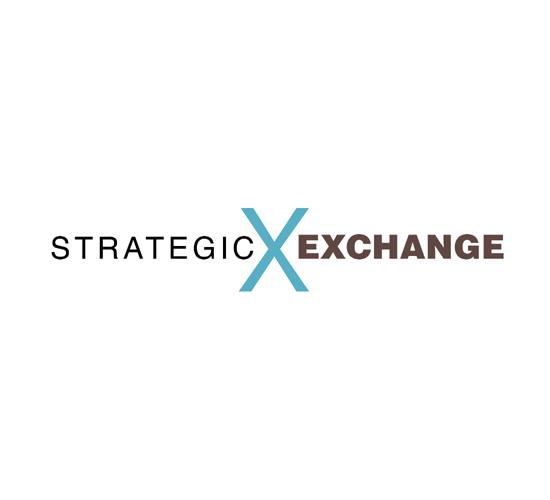Strategic Exchange: 2022 could be a record year for the floorcovering business - Nov 2021
By Kemp Harr
There is a lot of data to sort through as we attempt to forecast where we are on the momentum curve of growth within the flooring business.
In the replacement sector, we are seeing early signs of decelerating growth. Yes, there is still growth but just not as robust as the first half of the year. The mid-October read on consumer sentiment was down 1.9% to 71.4. The pundits that read these tea leaves cite inflation, supply chain and the Delta variant along with the DC logjam on finding a middle ground on infrastructure spending. The National Association of Home Builders’ (NAHB) remodel index remains at 87 for Q3, and the details reveal that it’s the big projects ($50,000 or more) that are keeping that number elevated. Inflated home values and the homebody mindset created by both the virus and the technology that enables us to work from home are likely the two biggest contributors.
In the new home construction sector, the NAHB reports that builder sentiment for October is up four points to 80. There are still issues with labor and inflated cost of material, but demand for new homes-especially in the South-remains strong. Sales of new homes have moderated in recent months as demand outpaces supply, and the median price has increased 20% in the past year to $390,000. This is the largest year-over-year gain in the 45 years that CoreLogic has been tracking the data. Housing starts were down 1.6% in September from August but up 7.4% on a YOY basis. Millennials are in their peak home-buying age, so housing demand is forecasted to remain strong.
The commercial market, which has been soft for the past two years, is coming back to life. With eight consecutive positive index readings, the Architecture Billings Index foretells of a rising trend of business in this sector. While recovery rates vary depending on your location, the outlook is very good. Carpet volume remains soft with the workplace sector lagging, but hard surface flooring sales are up.
Barring some unforeseen calamity, the U.S. flooring business is poised to have its best year in 15 years in 2022. Let’s not forget that over 10% of that revenue growth is inflationary, but it’s about time the price of flooring went up. Have you noticed how these products have been evolving both aesthetically and performance-wise in recent years?
HOW WILL THE INDUSTRY COME TOGETHER?
Many would agree that the early June NeoCon show in Chicago is a perennial favorite. Unlike most other floorcovering expos, nobody comes to place orders off a display rack. Refreshingly, this event is a combination of room scenes, test marketing, storytelling and relationship-building, with the days running long and energy running high. Much of what’s on display is a prototype, and exhibitors are showing both creativity and capability, as well as an intuitive understanding of what architects and interior designers are seeking on their current projects.
With this recent NeoCon being pushed back to early October-which, by the way, is a perfect time to be in Chicago-the show experience was good but not great. The city was mandating testing/vaccination credentials as well as mask wearing for entry, which is understandable but also stifling when it comes to basic communications, let alone creative expression. While the show attracted 55,000 attendees in 2019, last month’s show was down 65% to just below 20,000. There’s really no one to blame because the show organizers did a great job of promoting the show. Out of all the audiences that influence flooring purchases, designers are probably the one group that is most focused on the holistic experience of being in a space, so convincing them they will be safe in a crowd takes a little more effort. One oddity that’s worth mentioning about this year’s Chicago NeoCon experience were the shorter days. Eight o’clock seems much later when it’s dark outside. For more on the highlights of this show, see our report on page 62.
As we start to plan for next year, we’re all wondering what long-term impact this pandemic reset will have on trade shows. On the one hand, the Zoom-esque type of digital conferencing technology has made the world a smaller place, but as Alan Benjamin says in his leadership interview on page 16, “…the biggest incentive for business travel will be when a competitor takes a client out for dinner and drinks and lands a deal that you tried to handle over Zoom. The next time, you will be showing up.”
Another factor in this equation, however, has been the shift back to regional buying shows. On the one hand, it is nice to have one big show, but for that to work, everybody has to be there, and the experience has got to be worth the four-hour plane ride. As this industry has consolidated, the bigger national shows give the smaller guy a stage. It’s harder for them to host regional events on their own and draw a crowd based on their limited offering. Interestingly enough, the dealer base is also consolidating, which reduces the number of meetings it takes to impact big chunks of business. Will these new mega dealers travel to see the supplier, or will the supplier come to see them? As Benjamin reminded us above, it’s got to be an “in-person” meeting, but where and how we meet as an industry is still in flux.
STARNET’S INFLUENCE
Right at press time, we learned that the Mohawk Group has rejoined Starnet as a vendor partner. Apparently, the group is worth the rebate expense. Mohawk made the decision to leave Starnet in January 2015, while Dal-Tile remained in the group.
If you have any comments about this month’s column, you can email me at kemp@floorfocus.com.
Copyright 2021 Floor Focus
Related Topics:Daltile, Mohawk Industries, Starnet
